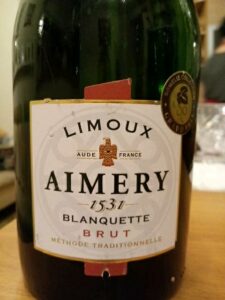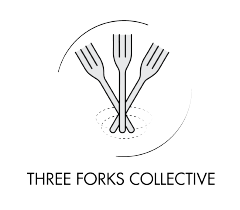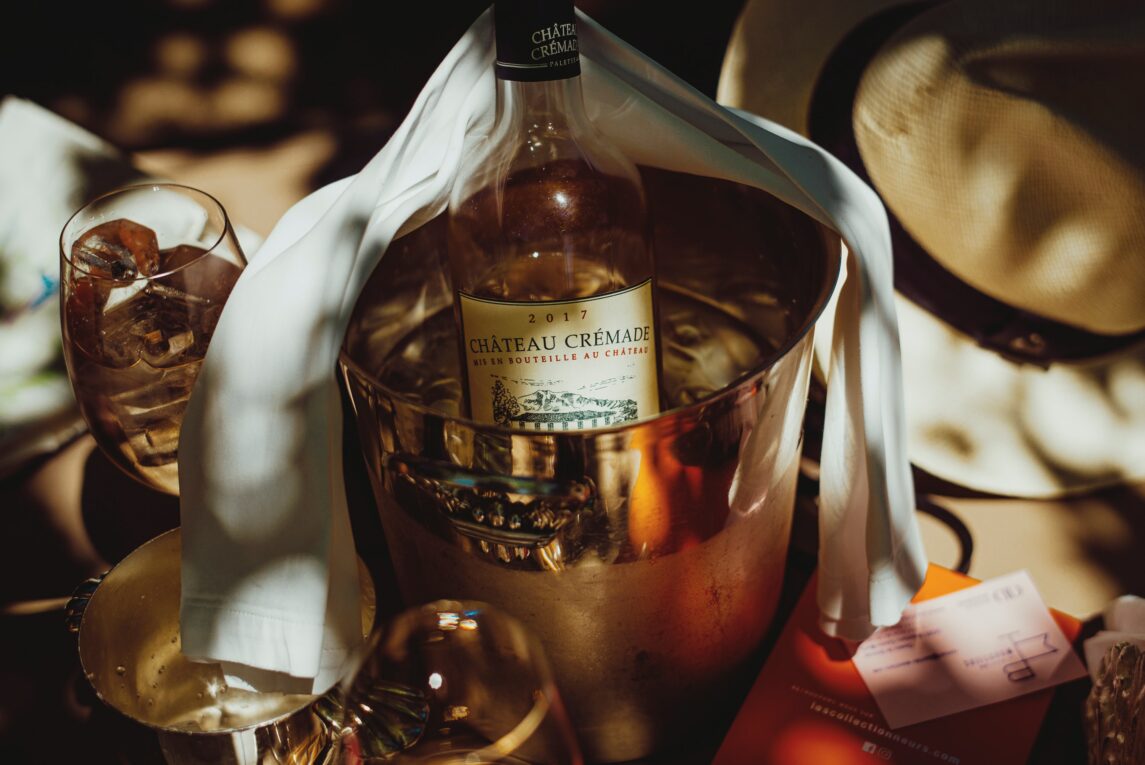Fizzing Through France: A Sparkling Journey of Terroir and Grape Varieties
Champagne is perhaps the most famous and iconic of all sparkling wines, but it is just one of many different types of bubbly produced in France. From the crisp and refreshing Crémants of the Loire Valley to the fruity and floral Blanquette de Limoux of the Languedoc-Roussillon region, French sparkling wines offer a wide range of styles, flavors, and aromas.

Champagne is made exclusively from three grape varieties: Chardonnay, Pinot Noir, and Pinot Meunier. These grapes are grown in the Champagne region, which is located in northeastern France and encompasses the towns of Reims, Épernay, and Aÿ, among others. Champagne production is highly regulated, with strict rules governing everything from the type of grapes that can be used to the amount of time the wine must spend on its lees (dead yeast cells) before disgorgement.
One of the most interesting facts about Champagne is that it was actually an accidental discovery. In the early 17th century, the wines of Champagne were known for their fizziness, which was considered a flaw. It wasn’t until the 18th century that Champagne producers learned how to control the bubbles and turn them into a desirable characteristic of the wine.

The Champagne region is divided into five sub-regions: Montagne de Reims, Vallée de la Marne, Côte des Blancs, Côte de Sézanne, and Côte des Bar. Each sub-region has its own unique terroir and produces wines with distinct characteristics. For example, the Montagne de Reims is known for producing Pinot Noir-dominant Champagnes with rich, full-bodied flavors, while the Côte des Blancs is known for its crisp and refreshing Chardonnay-dominant wines.
Outside of Champagne, one of the most well-known sparkling wines in France is Crémant. Crémant is produced using the traditional method, which is the same method used to make Champagne. However, Crémant can be made in different regions of France using different grape varieties, which gives it a unique flavor profile. For example, Crémant d’Alsace is made from a blend of Pinot Blanc, Pinot Gris, and Riesling grapes, while Crémant de Bourgogne is made from a blend of Chardonnay and Pinot Noir.
Another popular sparkling wine in France is Blanquette de Limoux, which is produced in the Languedoc-Roussillon region of southern France. Blanquette de Limoux is made using the Mauzac grape, which is known for its fruity and floral aromas. The wine is named after the town of Limoux, which is believed to be the birthplace of sparkling wine, with records dating back to 1531 documenting the production of “Blanquette” (meaning “little white”) wine with bubbles.

Moving on to the Loire Valley, which is known for producing a range of different sparkling wines, including Crémant de Loire, Saumur Mousseux, and Touraine mousseux. These wines are made using a variety of grape varieties, including Chenin Blanc, Cabernet Franc, and Pinot Noir, among others. One interesting fact about the Loire Valley is that the region is home to the largest underground wine cellar in the world, the Caves Ackerman, which stretches for over 11 kilometers and houses over 6 million bottles of wine.
Finally, we come to the Jura region, which is located in eastern France near the Swiss border. The Jura is known for producing a unique style of sparkling wine called “Vin Jaune,” which is made using the Savagnin grape and aged for at least six years in oak barrels. Vin Jaune has a distinctive flavor profile, with notes of nuts, spices, and a hint of oxidation, and is often described as an acquired taste. It is also worth noting that the Jura is one of the few wine regions in France that produces a significant amount of sparkling wine using the traditional method.
In conclusion, France is home to a diverse and fascinating array of sparkling wines, each with its own unique history, terroir, and grape varieties. While Champagne may be the most famous and prestigious of these wines, it is just one of many that are worth exploring. From the crisp and refreshing Crémants of the Loire Valley to the fruity and floral Blanquette de Limoux of the Languedoc-Roussillon region, French sparkling wines offer something for every palate and occasion. So next time you’re in the mood for some bubbly, why not try something new and discover the many delights of French sparkling wine?



vurcazkircazpatliycaz.Q4QclzFfhIA1
daktilogibigibi.wLJeLGYtzKz2
daxktilogibigibi.lv2LR41VKp5B
I am truly thankful to the owner of this web site who has shared this fantastic piece of writing at at this place.
yandanxvurulmus.Av4FaeDa1rG9
rototilled xyandanxvurulmus.tdhnmdRoprWd
Thank you for the auspicious writeup It in fact was a amusement account it Look advanced to more added agreeable from you By the way how could we communicate
https://antiddos24.ru/
Somebody essentially lend a hand to make significantly articles Id state That is the very first time I frequented your website page and up to now I surprised with the research you made to make this actual submit amazing Wonderful task
Wow superb blog layout How long have you been blogging for you make blogging look easy The overall look of your site is magnificent as well as the content
Fantastic beat I would like to apprentice while you amend your web site how could i subscribe for a blog site The account helped me a acceptable deal I had been a little bit acquainted of this your broadcast offered bright clear concept
Monitor phone from anywhere and see what’s happening on target phone. You will be able to monitor and store call logs, messages, social activities , images , videos, whatsapp and more. Real-time monitoring of phones, No technical knowledge is required, no root is required.
[url=https://rybelsus.best/]ozempic tablets for weight loss[/url]
[url=http://rybelsus.trade/]buy rybelsus online from india[/url]
[url=https://ozempic.cfd/]buy semaglutide online canada[/url]
Awesome! Its genuinely remarkable post, I have got much clear idea regarding from this post